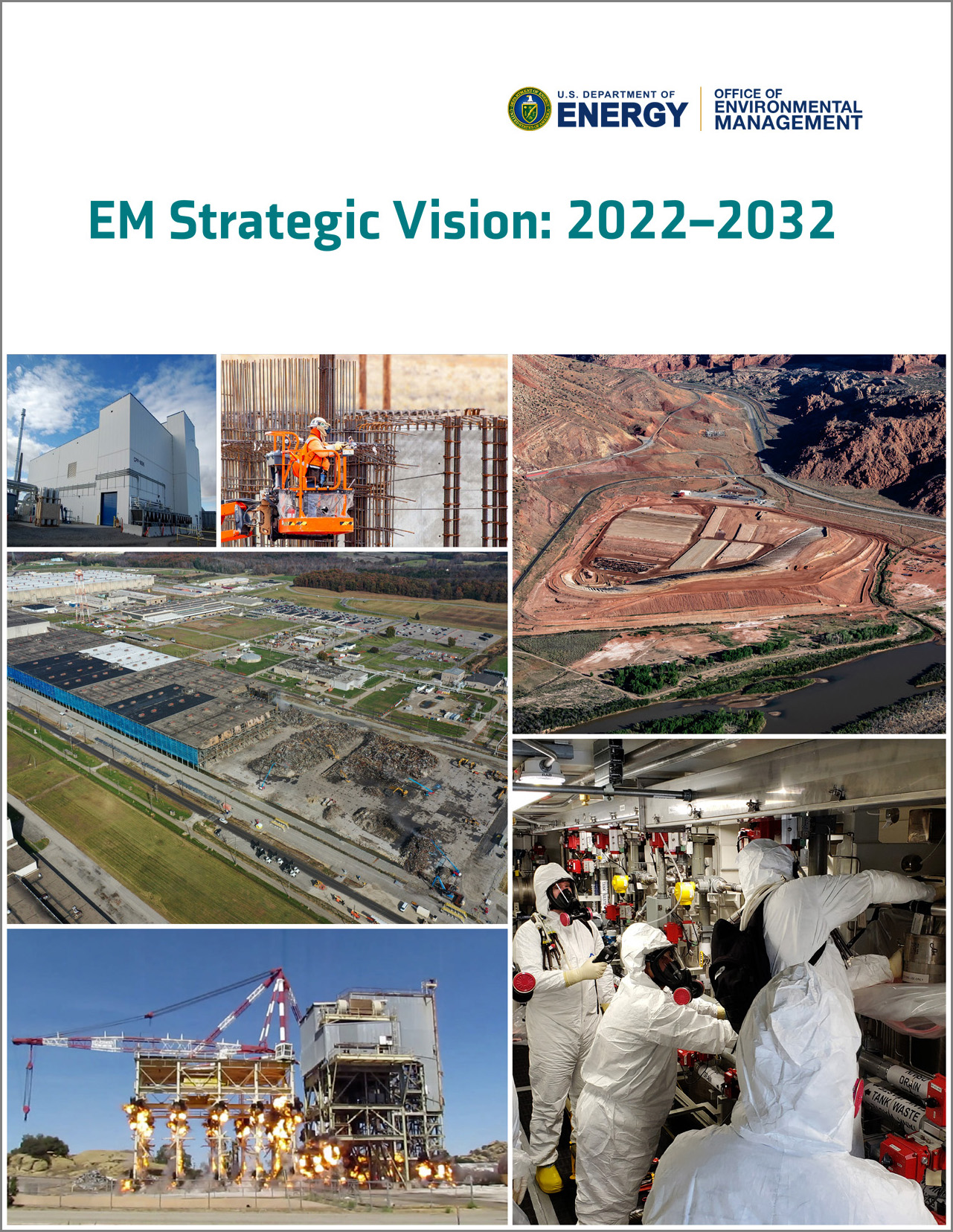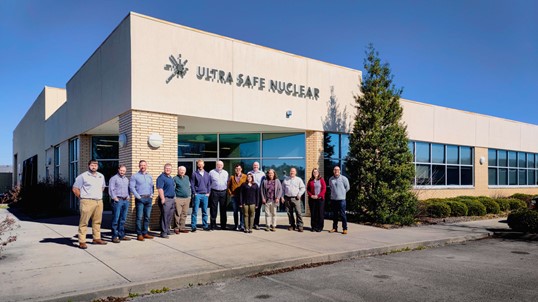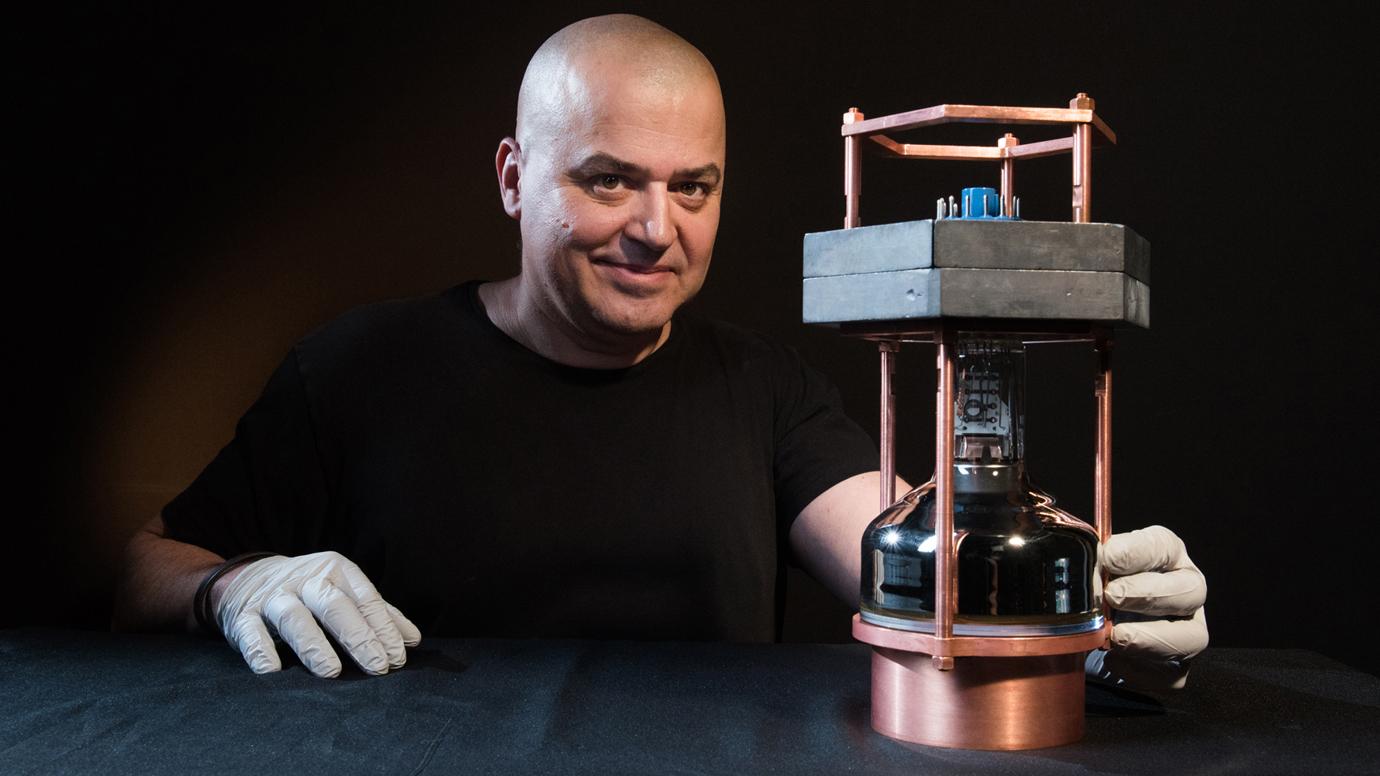The Fukushima Daiichi site before the accident.
Today’s #ThrowbackThursday post looks back at some of Nuclear News’s reporting on the Fukushima Daiichi accident, which was initiated 11 years ago tomorrow. The news reporting includes the initial coverage of the event from the pages of Nuclear News in April 2011 and the in-depth coverage of the 2011 ANS Annual Meeting, where special sessions focused on the accident.
Artist’s conception of a site for the Rolls-Royce small modular reactor. (Image: Rolls-Royce)
The United Kingdom’s Department of Business, Energy and Industrial Strategy (BEIS) has asked regulators—including the U.K. Office for Nuclear Regulation (ONR), the Environment Agency, and Natural Resources Wales—to begin a generic design assessment (GDA) of Rolls-Royce SMR’s 470-MWe small modular reactor design.
An artist’s rendering of the K East Reactor safe-storage enclosure. (Photo: DOE)
Preparations are being made to enclose, or “cocoon,” the K East Reactor, the seventh of nine former reactors at the Department of Energy’s Hanford Site. The cocooning project is expected to be completed by the end of the year.
Watch this video for more on the project.
The Karachi nuclear plant, on the Arabian Sea coast in Pakistan. (Photo: CNNC)
Unit 3 at Pakistan’s Karachi nuclear power plant has been connected to the national grid, China National Nuclear Corporation (CNNC) announced on March 4, making it the second Hualong One reactor outside of China to have reached the last major step prior to commercial operation. (The distinction of being the first belongs to Unit 3’s twin, Karachi-2, which was connected to the grid in March 2021 and entered commercial operation in May.)
Karachi-3 had achieved criticality on February 21 after completing hot functional testing and entering the fuel loading stage last November.
Ultra Safe Nuclear staff in front of the new pilot fuel fabrication facility in Oak Ridge, Tenn. (Photo: USNC)
Ultra Safe Nuclear Corporation (USNC), an advanced reactor and reactor fuel developer, announced last week that it plans to begin operations this summer at its Pilot Fuel Manufacturing (PFM) facility in Oak Ridge, Tenn., pending the receipt of the requisite state and local permits. The facility is located in the East Tennessee Technology Park, site of the Manhattan Project’s K-25 gaseous diffusion plant. USNC purchased an 8.7-acre site—which included a preexisting industrial building—from Heritage Center LLC in 2021.
Members of the Xe-100 reactor protection system team and the first set of prototype equipment. (Photo: X-energy)
X-energy, developer of the Xe-100 small modular reactor, has delivered the first of four sets of equipment for the Xe-100 reactor protection system (RPS) prototype, marking the latest milestone in the company’s efforts under the Department of Energy’s Advanced Reactor Demonstration Program (ARDP).
Juan Collar led a team of UChicago physicists who built a lightweight, portable neutrino detector to observe the elusive interactions of the ghostly particles. (Photo: Jean Lachat)
Constellation Energy’s Dresden nuclear power plant in Illinois is helping University of Chicago researchers to detect neutrinos in an effort to advance knowledge of the fundamental laws governing particle and nuclear interactions. The researchers are taking advantage of the large number of neutrinos generated by Dresden’s boiling water reactors to conduct experiments, using what UChicago calls the world’s smallest neutrino detector to track and record the ghostlike particles.
Energoatom’s Zaporizhzhia plant, in southeastern Ukraine. (Photo: Energoatom)
Latest on Zaporizhzhia: As of this morning, Russian military forces have taken control of the Zaporizhzhia nuclear power plant in Ukraine. The Russian military began shelling the Zaporizhzhia nuclear plant in southeastern Ukraine, resulting in a fire at the site on Thursday.



 The Department of Energy’s Office of Environmental Management (EM) has issued EM Strategic Vision 2022-2032, a blueprint for planned nuclear-related cleanup efforts over the next decade. The document outlines environmental cleanup priorities for 2022–2032, focusing on safety, innovation, and improved performance.
The Department of Energy’s Office of Environmental Management (EM) has issued EM Strategic Vision 2022-2032, a blueprint for planned nuclear-related cleanup efforts over the next decade. The document outlines environmental cleanup priorities for 2022–2032, focusing on safety, innovation, and improved performance.












